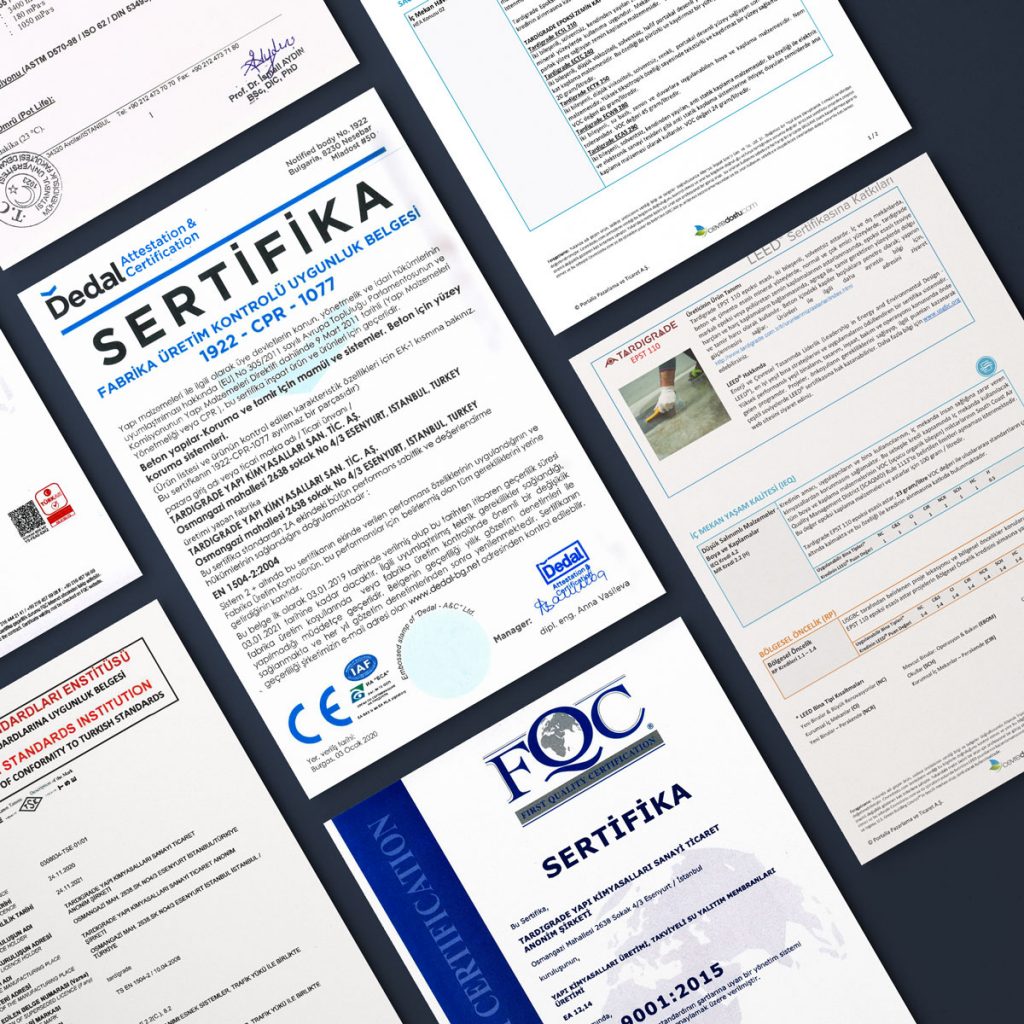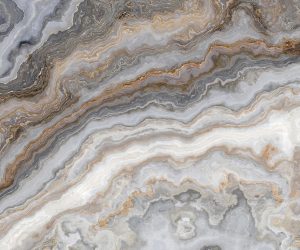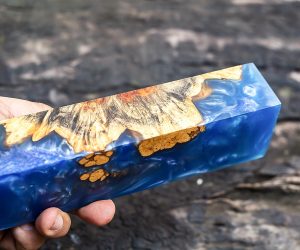COMPOSITE RESINS
RESIN LAMINATION TECHNOLOGY
Tardigrade has international competence in the development and application of resins needed by composite material manufacturers. Especially carbon, glass and aramid fibers impregnated with epoxy, polyurethane, polyurea, polyaspartic based that appeal to a wide range of high-performance resins designs.
Our processes include:
LAMINATION – We offer low viscosity resin systems with high reactivity. Composite resins are molded and laminated in liquid with glass or carbon fiber to build boats, special parts and windmill blades.
VACUUM BAG INFUSION – One of the classic methods used when laminated with fiber materials to obtain many different products is vacuum infusion technique. The main purpose of this method is to take manual measures against foaming resulting from the exothermic working principles of polymers.
RTM AND PRESS MOLDING – A system based on medium and high-level resin transfer molding of multi-fluid and reactive resin systems.
FILAMENT WINDING – The process consists or wrapping a fiber impregnated by bath application to perform lamination of idle parts (pipes in various sectors, reservoirs, generally empty parts) with a rotating support (mandrel or another instrument) providing economical and efficiently with such production models. Personalization and final design features of parts is possible.
PULTRUSION – A system for continuous processing of fiber impregnation that is not filled or lightly filled with internal separation agents. Cured materials require different temperatures and is one of the most important advantages for optimized parameters. Continual control of temperature and reactivity of the resin system enables a fast, cost-effective production.


MECHANICAL STRENGTH – High strength and low weight open up new usage areas for composite materials. Composite materials offer advantages that can be improved for specific applications by providing high vibration damping and low thermal expansion coefficient (CTE).

EFFICIENCY – Composites are very strong and elastic when needed, providing design and manufacturing flexibility that can significantly reduce the number of parts needed for specific applications. The result is a finished product that requires less raw materials, fewer connections and fasteners enabling shorter assembly times. Composites are highly resistance to extreme heat/cold and wear, especially outdoors. These superior features reduce the lifecycle costs of the finished product, expanding the possibility of usage to a wider area. i.e.; Composite parts are preferred in almost every transport vehicle from bicycles to large commercial aircrafts.

INDUSTRIAL DEVELOPMENT OF COMPOSITES
Composite technology is widely used in almost every aspect of our lives, from aircraft manufacturing to shipbuilding, to home appliance manufacturing to the space industry. The production and development of composite materials has been going on for centuries. Although it has developed extensively in the last few hundred years, the introduction of the concept of composite materials and the consideration of the subject, as an engineering subject date back to the 1940s.
Initially, composite materials were developed to add strength and remove fragility by integrating vegetable or animal fibers into building materials.
One of the oldest composites that can be identified is adobe material which dates back to the use of mud bricks in ancient Egyptian civilizations. Fibers such as clay, mud and straw stalk have been mixed to increase the material’s life.
Lightweight, micro-measurement materials such as composite components are resistant to ambient conditions and feature mechanical flexibility, strength, power and are superiorly engineered. Industry is demanding lightweight, durable products which feature decorative aspects, strength, and flexibility. Such industries are: Engineering, Energy, Space Science, Aerospace, Defense, Industrial, Automotive, Transportation, Construction and the Health Care. Because of this, technological advances and development of materials make it possible for different industrial sector to push their imagination and turn to new inventions.

Usually the production of composite materials is aimed to the development of one or more of the following features:
- Low density,
- Mechanical strength (compressive, flexural, tensile and impact resistance),
- Abrasion strength,
- Fatigue resistance,
- Thermal conductivity or thermal resistance
- Corrosion resistance,
- Fracture toughness,
- High temperature resistance,
- Electrical conductivity or electrical resistance,
- Acoustic conductivity, acoustic waterproofing, sound absorption,
- Hardness and shock absorption power,
- Design and applicability,
- Final appearance

USAGE AREAS OF COMPOSITE MATERIALS
ENERGY SECTOR
Composites are widely used in the energy sectors, especially with windmill production. Windmill manufactures have found that the skeleton formed by composite materials mitigates the body of the windmill thus yielding an increase in impact strength. When considering the lightness, strength and cost associated with the use of composite materials, producers have found a lasting solution to manufacturing.
SPACE TECHNOLOGY AND AEROSPACE INDUSTRY
The space technology and aerospace industry utilized composite technology for the design of their equipment because they are light weight yet exceptionally strong. These materials are used in aircrafts, helicopters, unmanned aerial vehicles and a wide array of spacecrafts.

CONSTRUCTION INDUSTRY
In the construction sector, material structures need to be strengthened, maintained and repaired through the lifetime of the structure. Composite materials provide flexibility, ease of use, and the necessary strength and durability needed for maintenance of facade protection, summer houses, kiosks, bus stations, cold storages, and so much more.
AUTOMOTIVE SECTOR
The automotive industries often utilize composite materials as they enable strong, light weight, impact resistance frames and surfaces which help in making the cars more energy efficient. Composite materials are often found on cars, minibuses, tractors, race cars, cabs, interior equipment and are often used in bodywork repairs.”
DEFENSE INDUSTRY
The usage of composite materials in the defense industry increases with the development of composite technology. Generally, more durable and lighter components of composite materials are preferred and are specifically used in the production of buildings and shields.
HEALTH SECTOR
Medical device manufactures, such as orthopedics and dentistry industries, utilize composite technologies and resins reinforced with fiber for the manufacturing of external bone fracture repairs and dental fillings. The versatility of composite materials enables integration with 3D printed technology to build customized devices which best fits the patient’s anatomy.
At Tardigrade, we are dedicated to offering solutions designed to suit the specific requirements of the job and meeting industry expectations. The product and definitions listed are only a sampling of our portfolio and application capabilities.
Because industry is always evolving, we have instituted the Tardigrade Academy. The Tardigrade Academy is a resource devised of a vast pool of knowledge and innovation which helps to answer the complicated questions of industry thus meeting the needs of the market.










